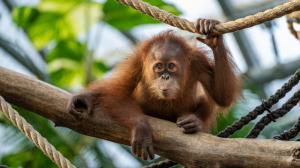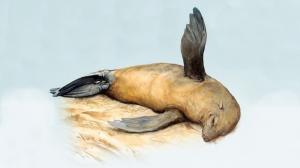News
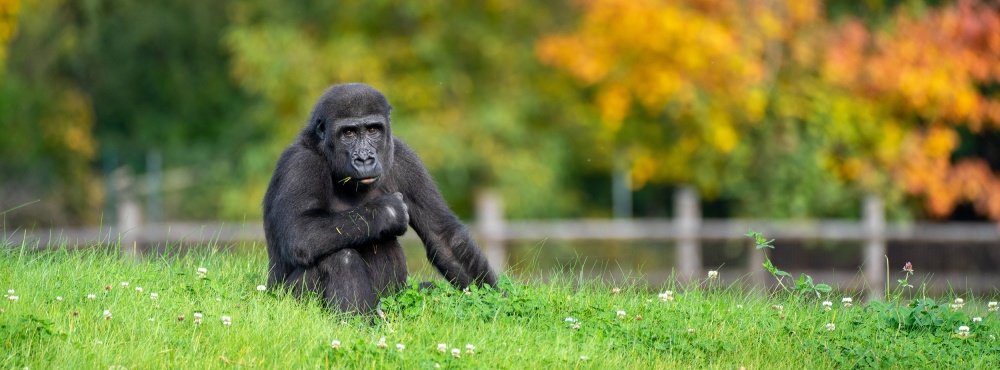

On Monday in the early evening, I popped in to the Dja Reserve again. Three gorillas were sitting side by side under the window to the enclosure: Kisumu, the male that we had brought from Austria two months ago, Moja’s daughter Duni, who had arrived from Spain a week after Kisumu, and Shinda, one of the three females from our...
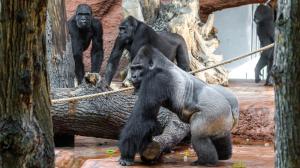
Yesterday a big gorilla meeting took place at Prague Zoo without too much fuss. Newcomers Kisumu and Duni met the rest of the group - females Kijivu, Shinda, Kamba and Ajabu, a small male. After Monday’s minor quarrels, the situation is much calmer now. Visitors can observe the six freshly integrated gorillas in the Dja Reserve pavilion.
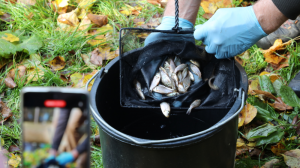
As of today, approximately one hundred small crucian carp bred at Prague Zoo have been inhabiting the U Kamenného stolu pond in Prague’s Vinoř district. They were released by the staff of Prague Zoo, thus starting the long-planned reintroduction of this almost extinct species into the Czech countryside.
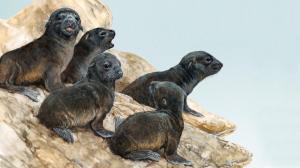
A female fur seal gives birth after a nearly year-long pregnancy, typically to a single pup, from which she doesn’t stray at all during the first few days. Since the pup initially cannot swim, lacks blubber, and its fur is not waterproof, it would quickly get cold in the water, so the mother stays on land with her offspring and fasts.
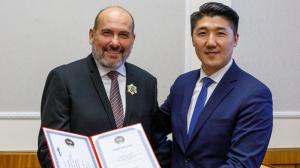
Mongolian President Ukhnaagiin Khürelsükh awarded Miroslav Bobek, Prague Zoo’s director, the “Order of the Polar Star” – the highest state decoration a foreign national can receive. The president’s advisor, Erdenetsogt Odbayar, presented the Order on the president’s behalf, and thanked Mr Bobek for...
ZOOPRAHA.CZ
Contacts
- The Prague zoological garden
U Trojskeho zamku 120/3
171 00 Praha 7
Phone.: (+420) 296 112 230 (public relations department)
e-mail: zoopraha@zoopraha.cz
Others



